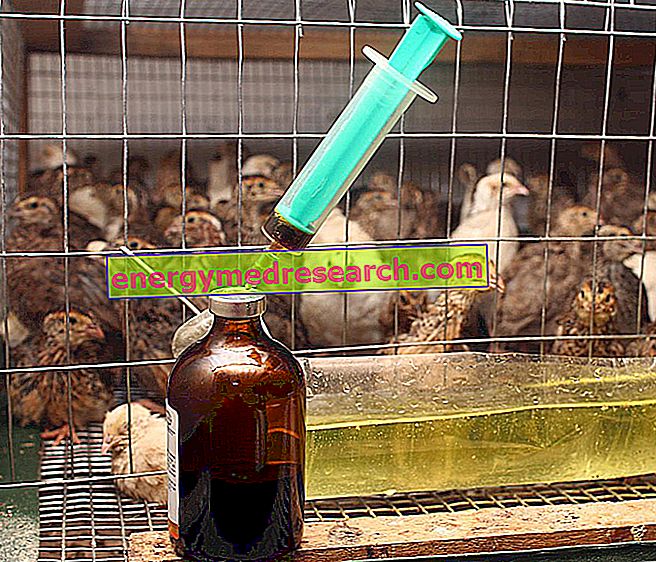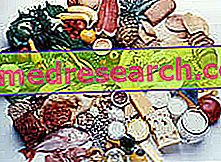
In many intensive farms, chickens are regularly fed with feed containing an additive called roxarsone .
This is used to control the concentration of pathogens inside the chickens' stomach, while promoting the early development of poultry.
Roxarsone is an organic derivative of relatively benign arsenic. Once digested, this partially breaks down into inorganic compounds which are eliminated with the faeces.
In addition to remembering that poultry faeces are widely used as a fertilizer, it is important to point out that some traces of arsenic can be deposited inside the tissues, ending up inexorably in the table of diners.
A study by "Consumer Reports" published in 2004 concluded that "traces of arsenic are not available in the muscle tissues of the analyzed chickens", however, "some of the liver (offal) chicken samples revealed an amount of arsenic which, in according to the EPA standards, it MAY cause neurological problems: in a child's body that takes 2 ounces of liver cooked per week, or in an adult organism that takes 5.5 ounces of cooked liver a week ".
On the other hand, the arsenic densities found in these livers average around 460 parts per billion, a quantity decidedly lower than 2, 000 parts per billion as the maximum limit set by the FDA for this contaminant.
The FDA therefore concluded that there is no significant negative impact between roxarsone use in chicken, turkey or pork production and consumer health.



